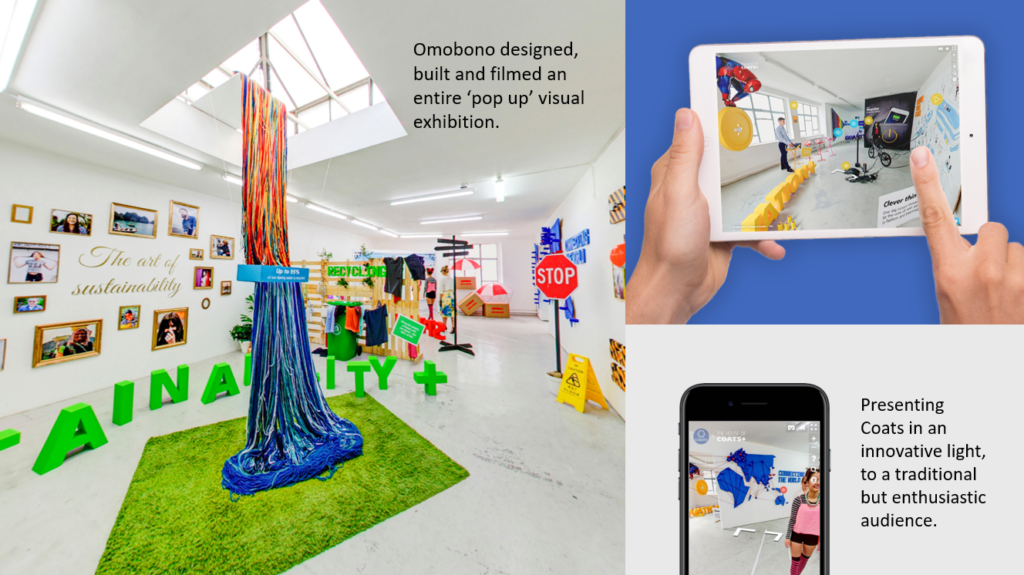Creative Risk with Chris Butterworth
Chris Butterworth was the creative partner of three founding directors of Omobono, who define themselves as ‘a digital experience agency for business brands.’ With a 20-year history, they’re now part of The Marketing Practice, a combined group of 500 B2B specialists from across the globe working with clients including Salesforce, ServiceNow and others.
How have you applied creative strategies to B2B marketing?
The creative approach for me is identifying the story about the business that can be told and retold. Because the stories are the important thing; that’s what we as humans respond to. And emotion will get a message across in a creative, memorable, motivating way.
How does creativity enable brand building for you?
We started doing a lot of work with one of our clients around bid support; for example, when they were pitching to RFPs. And we worked with them on getting the power of their brand into their bid.
In this industry, you’d be amazed the number of times, even big organizations will just send out a spreadsheet as a response to an RFP. It’s not packaged in a way that makes it human or makes it interesting or makes it distinctive. So, we take their brand story and make it relevant for specific moments in sales, the key moments when sales and marketing come together.
What’s an example creative storytelling that you’ve achieved for a business?

“A favorite of mine involves one of the world’s biggest thread manufacturers, Coats. They sell to fashion brands including Zara and H&M, among others. Coats wanted to reach clients with fashion backgrounds in a way that resonated with them. Our goal was to target Fast Fashion customers with core product and service messages through a digital, marketing automation enabled campaign.
This included renting a gallery space in East London and weaving Coats threads around different exhibits, filming it and creating an interactive experience that suppliers from around the world could experience virtually. Suppliers would click on hotspots and receive more information about different types of thread, which helped to demonstrate the thread properties in a unique way. It was really successful achieving a far higher sales conversion than predicted.”
The Ideas Ladder: a creative bravery scale.
“One of the things that we’re trying to do is to push clients to be braver in the work that they’re commissioning. It’s difficult for a lot of clients because they’re not spending their own money and the ticket items are considerable.
They need to justify spend to multiple stakeholders and this often leads them to making decisions that are conservative. But fitting in with the crowd and conforming is limiting. To create unique brand experiences, you must be impactful, you often must break with convention. So, we created a bravery scale that we call the ‘Ideas Ladder’.
The point of it was to ask at the start of a conversation with clients, if they want to create something run of the mill or if they want to reshape thinking around a product. We wanted to make the point that we can change culture with the right level of thinking. We can then start to join the same path.”
“We can start using the Creative Steps the moment a job comes through the door. We can identify which step aligns with the client’s aspirations for the job, and what the associated implications for them are. Then our job is to aim at least one step higher. For example, if we’re doing a brand job, of course it should be brand-building. But we need to at least aim for the next step too of it being award-winning.”
Are you concerned about the risk?
“Of course, there’s always risk that you won’t get the results that you want. That’s the nature of creative. Creative isn’t average or conservative. It can’t be. And the best way to encourage it within an agency is to create a framework that encourages a mindset to break with convention.”
